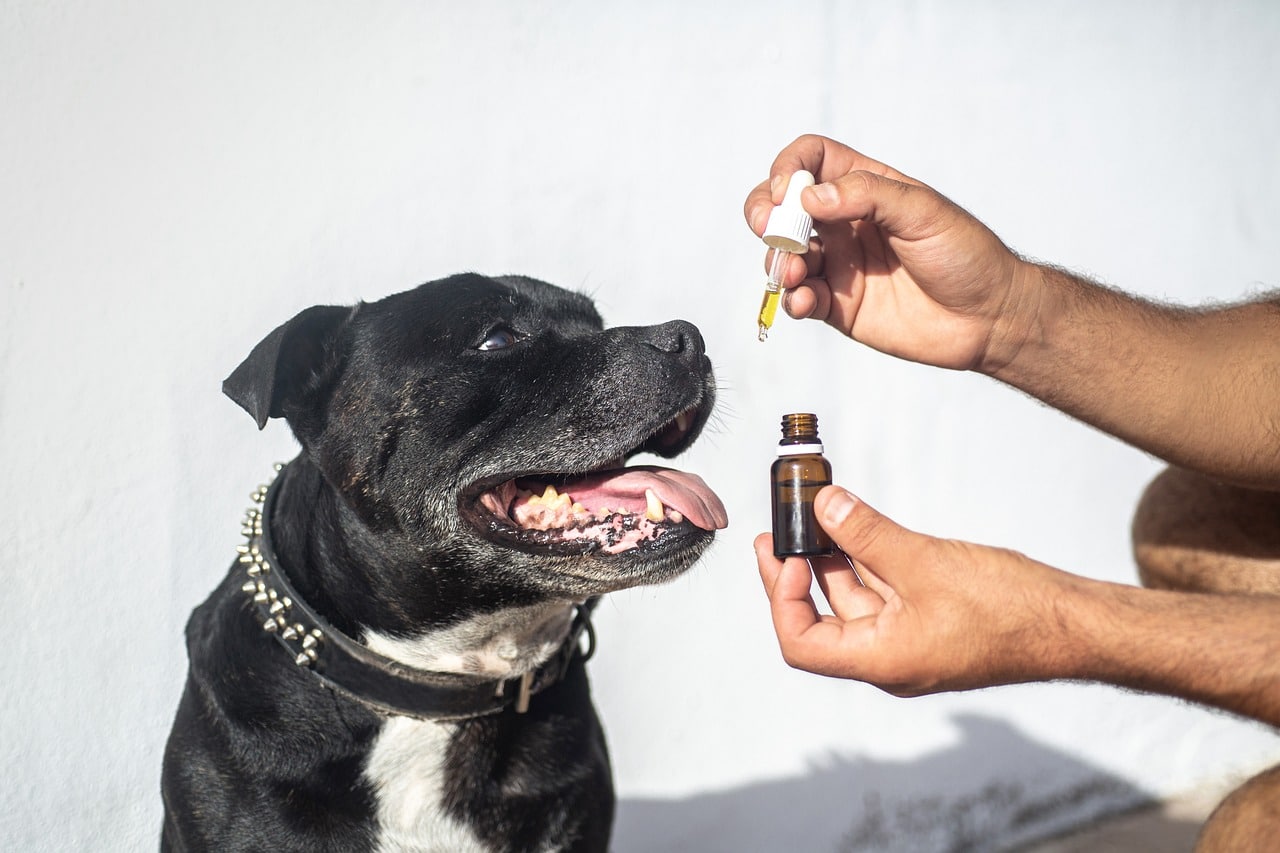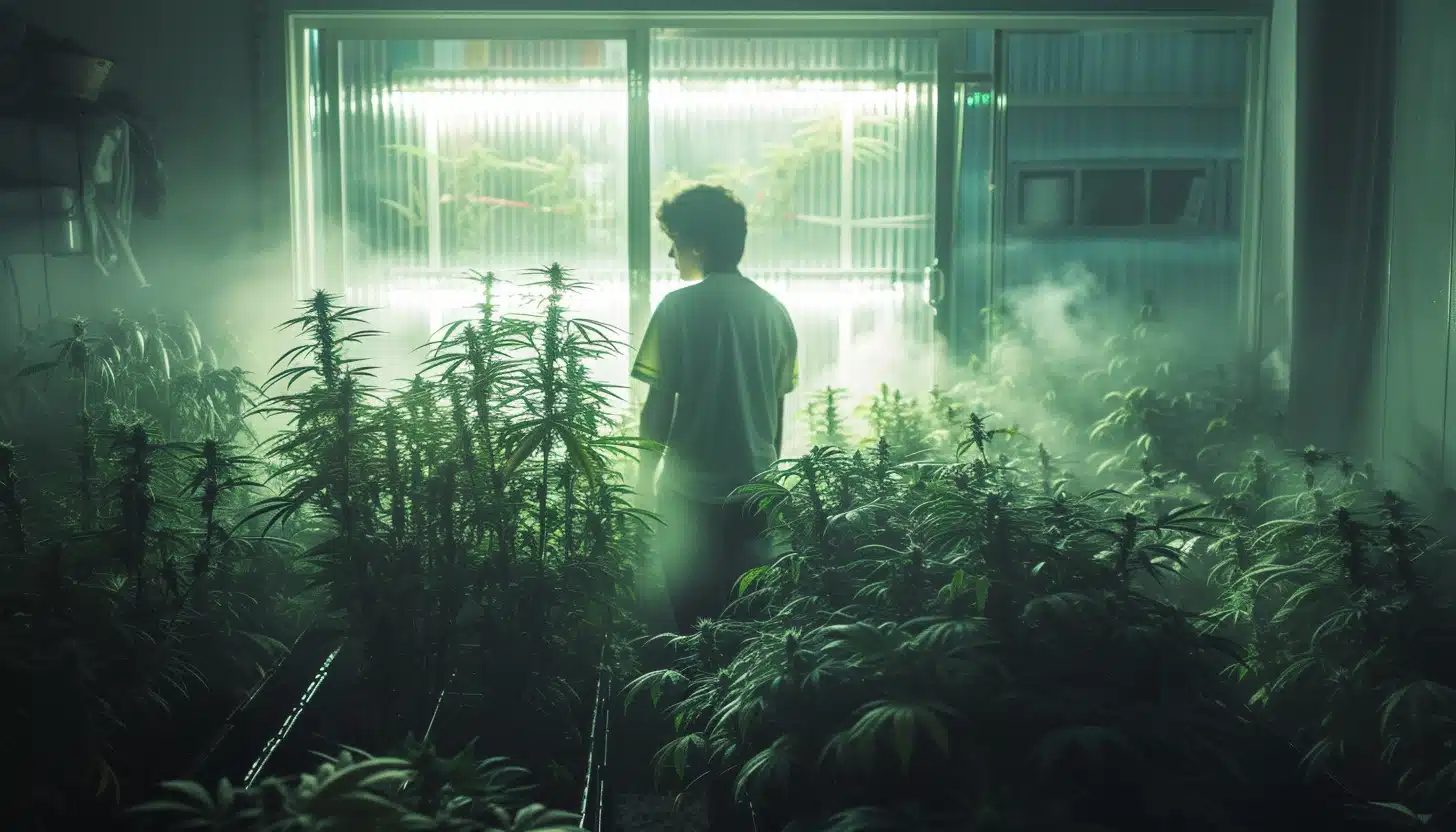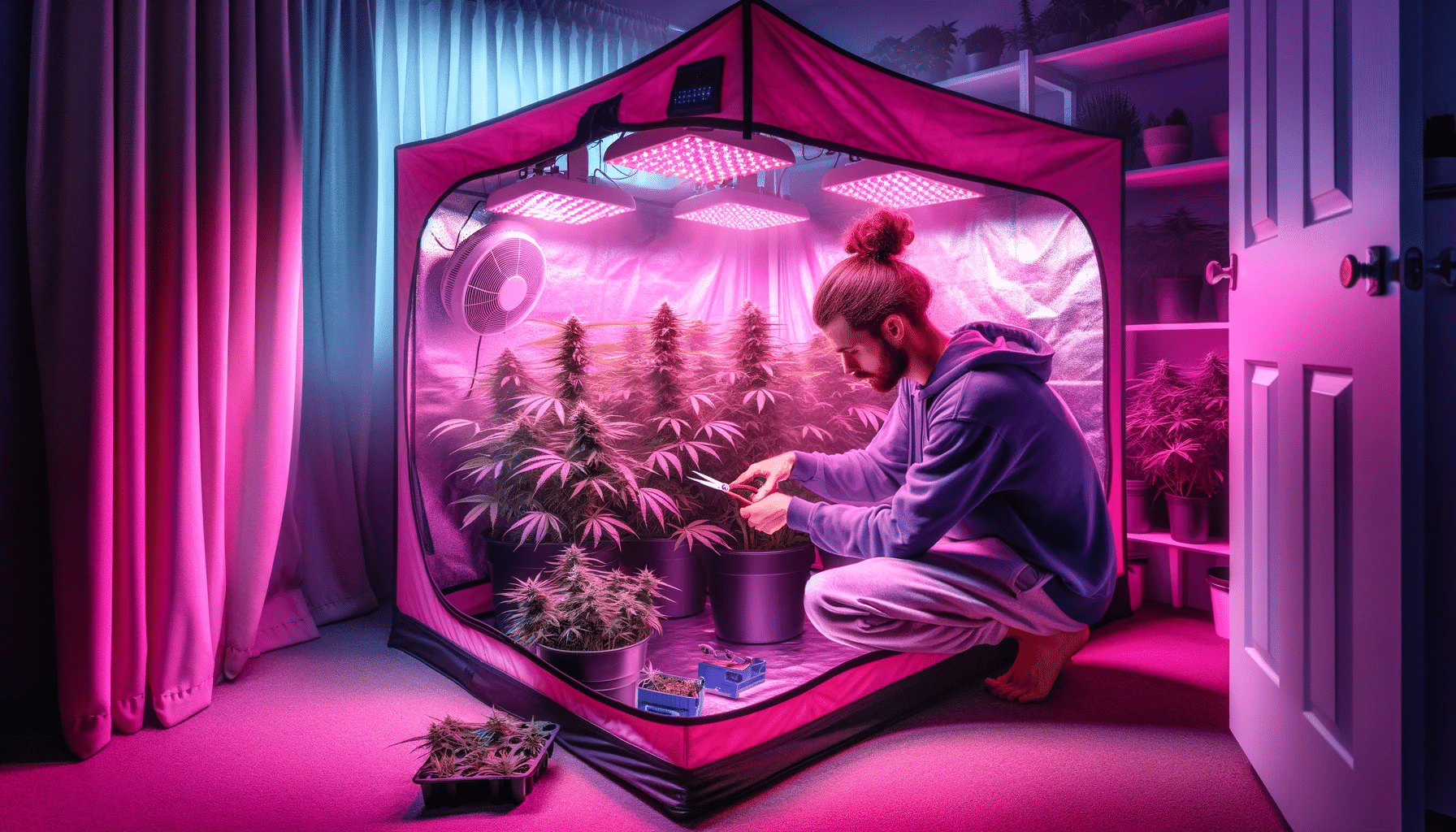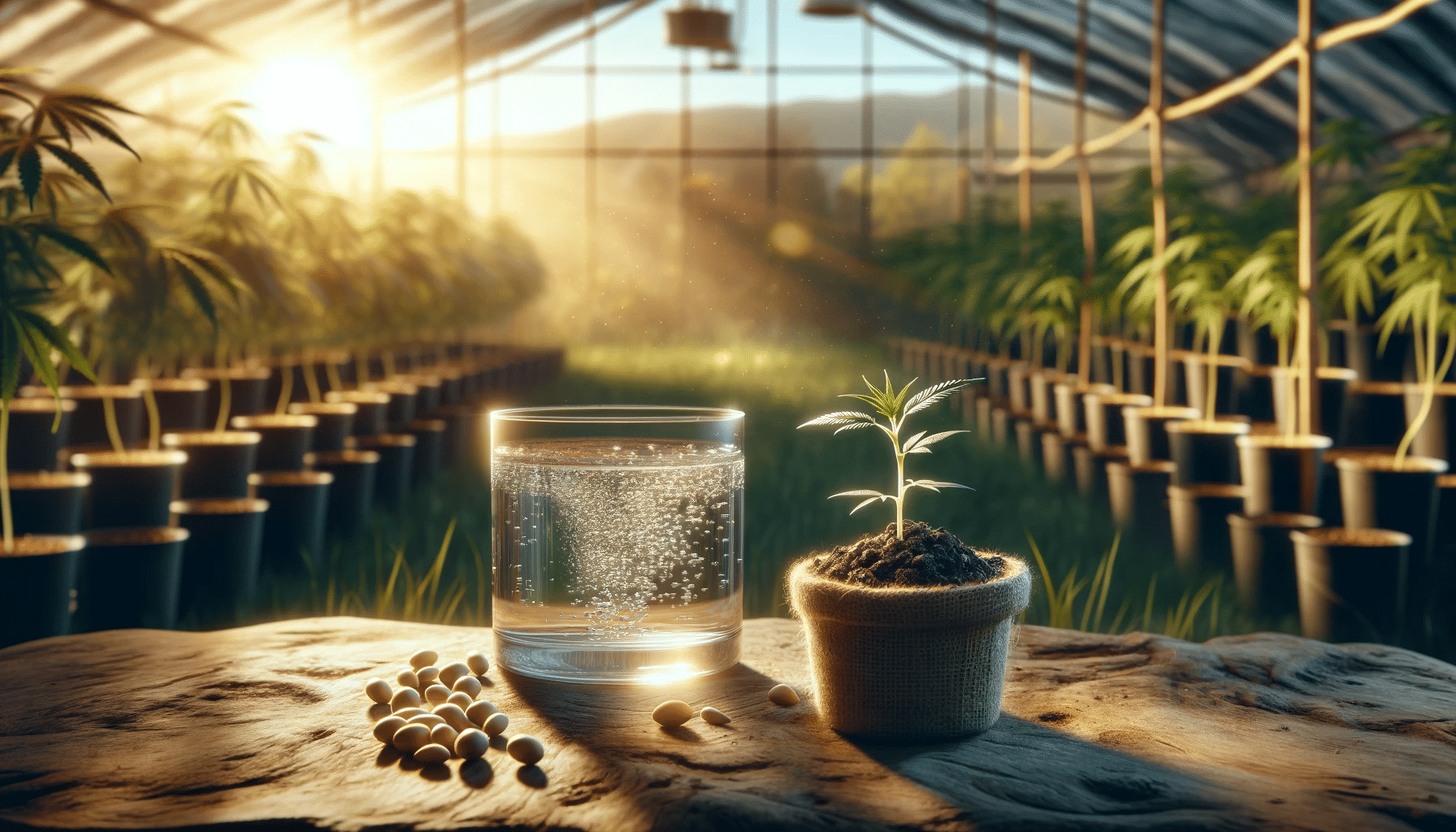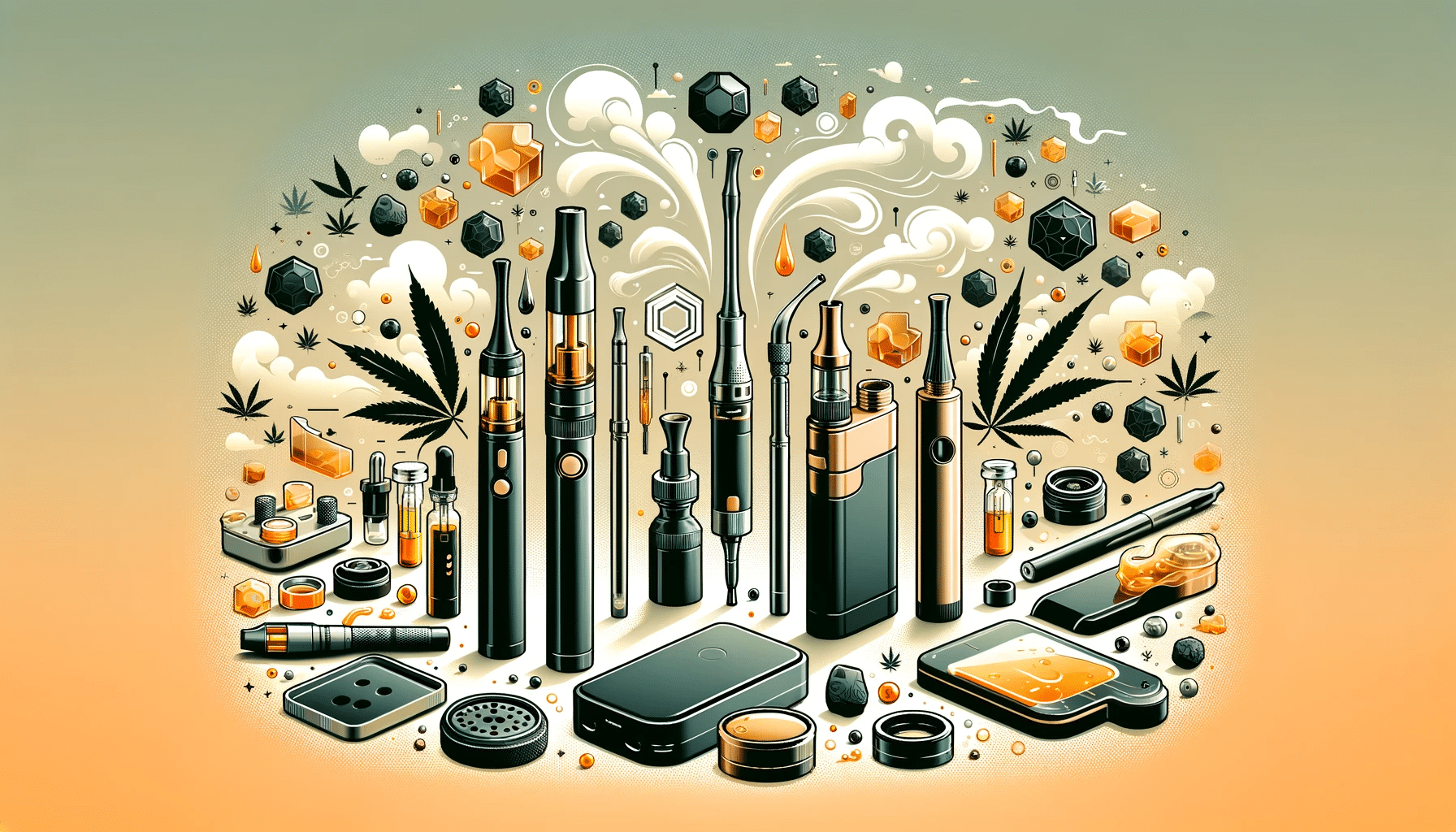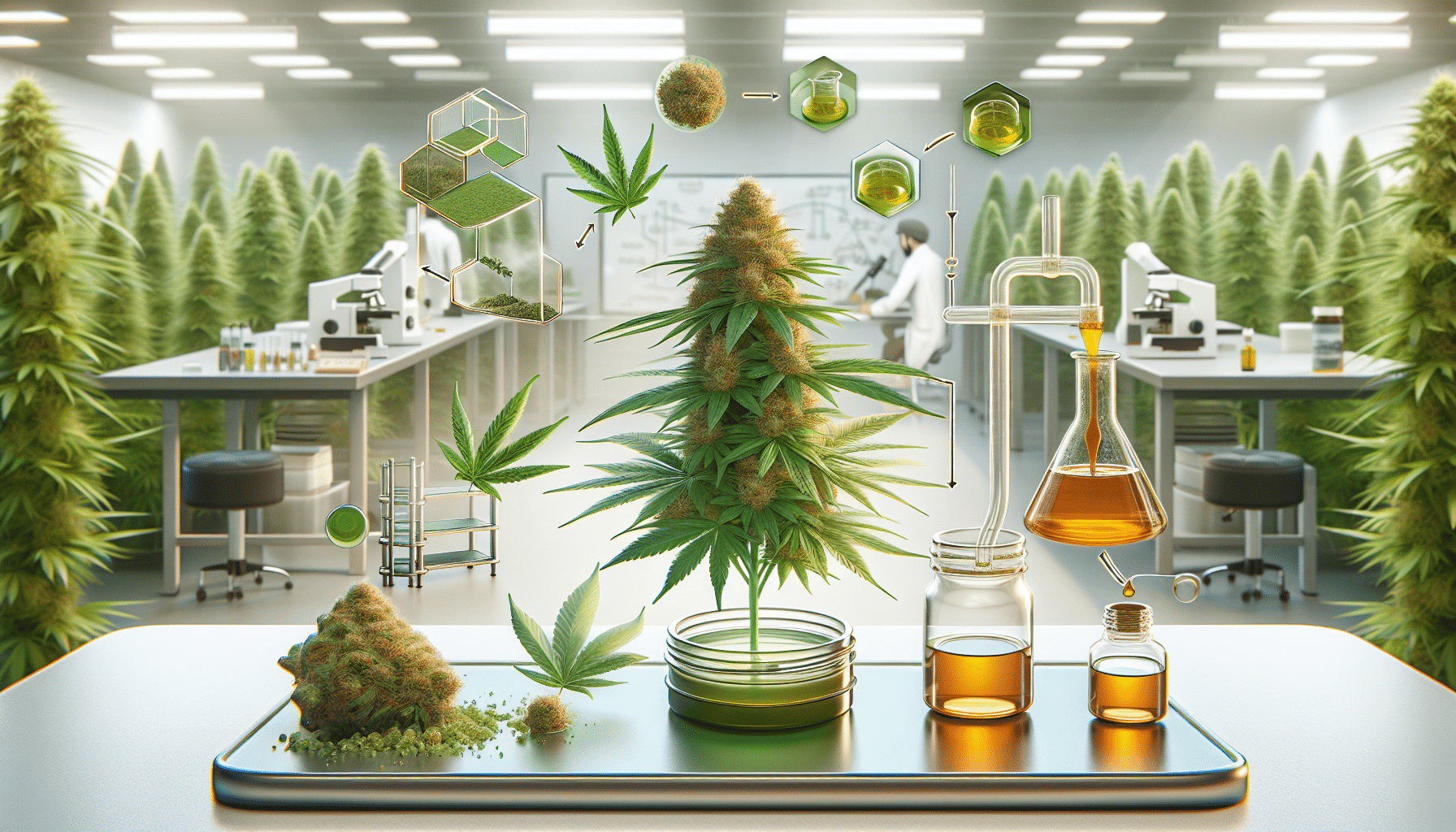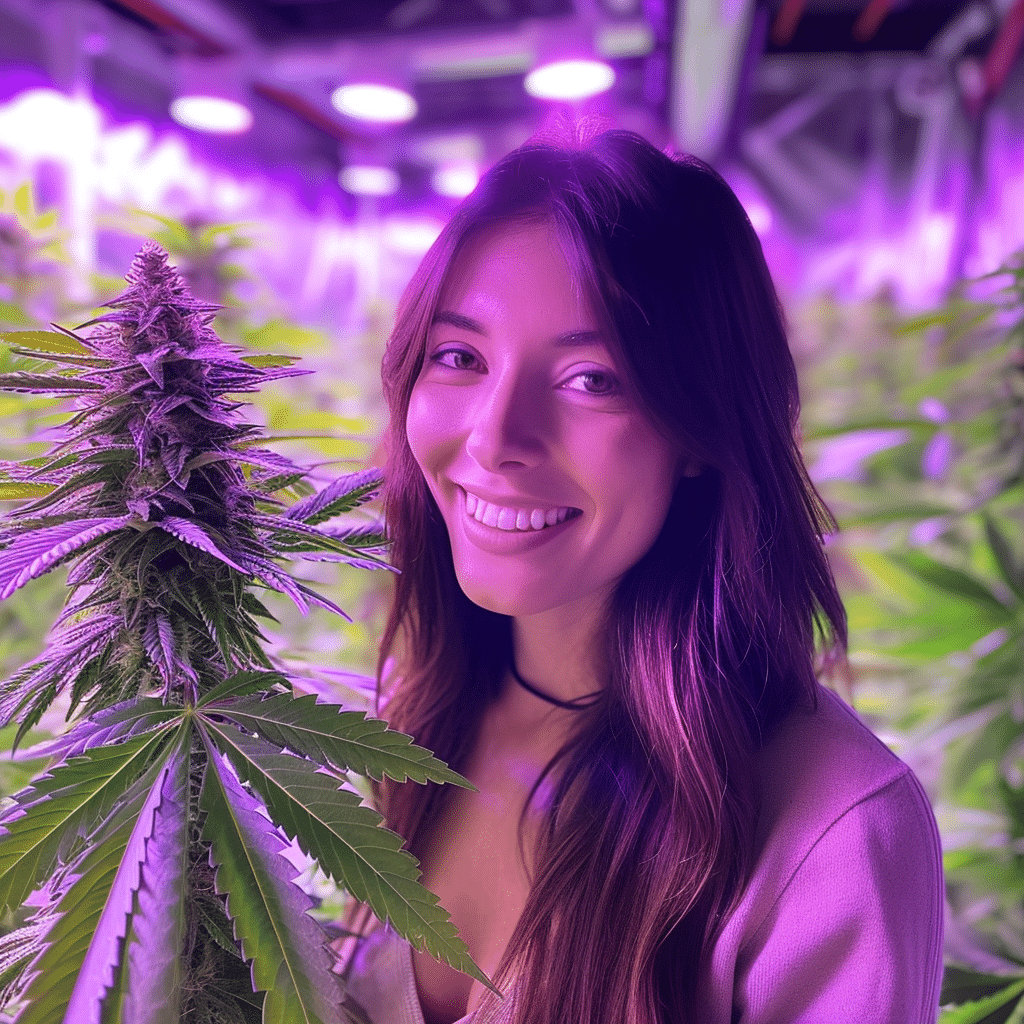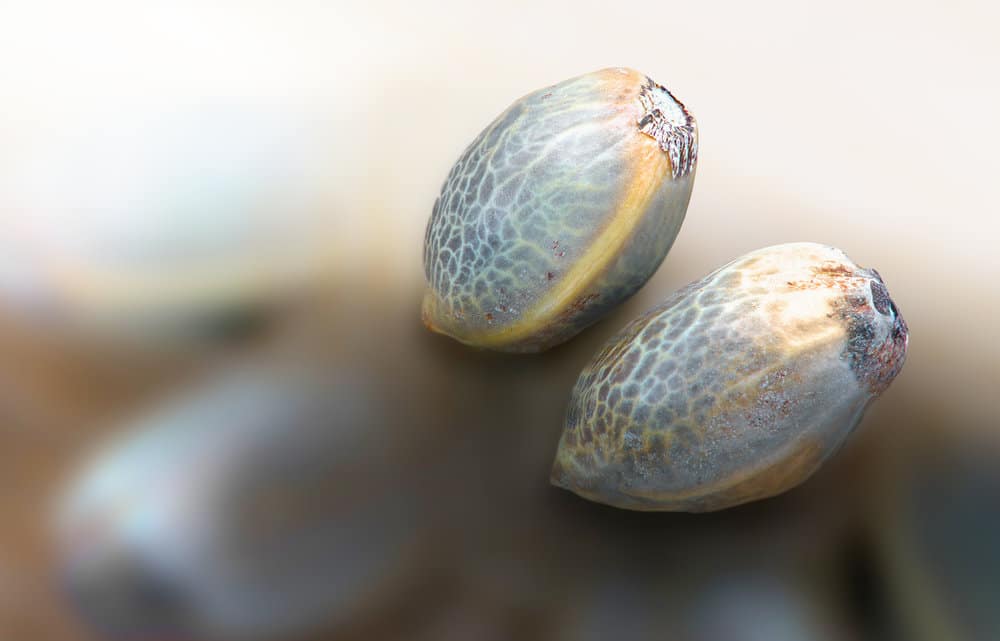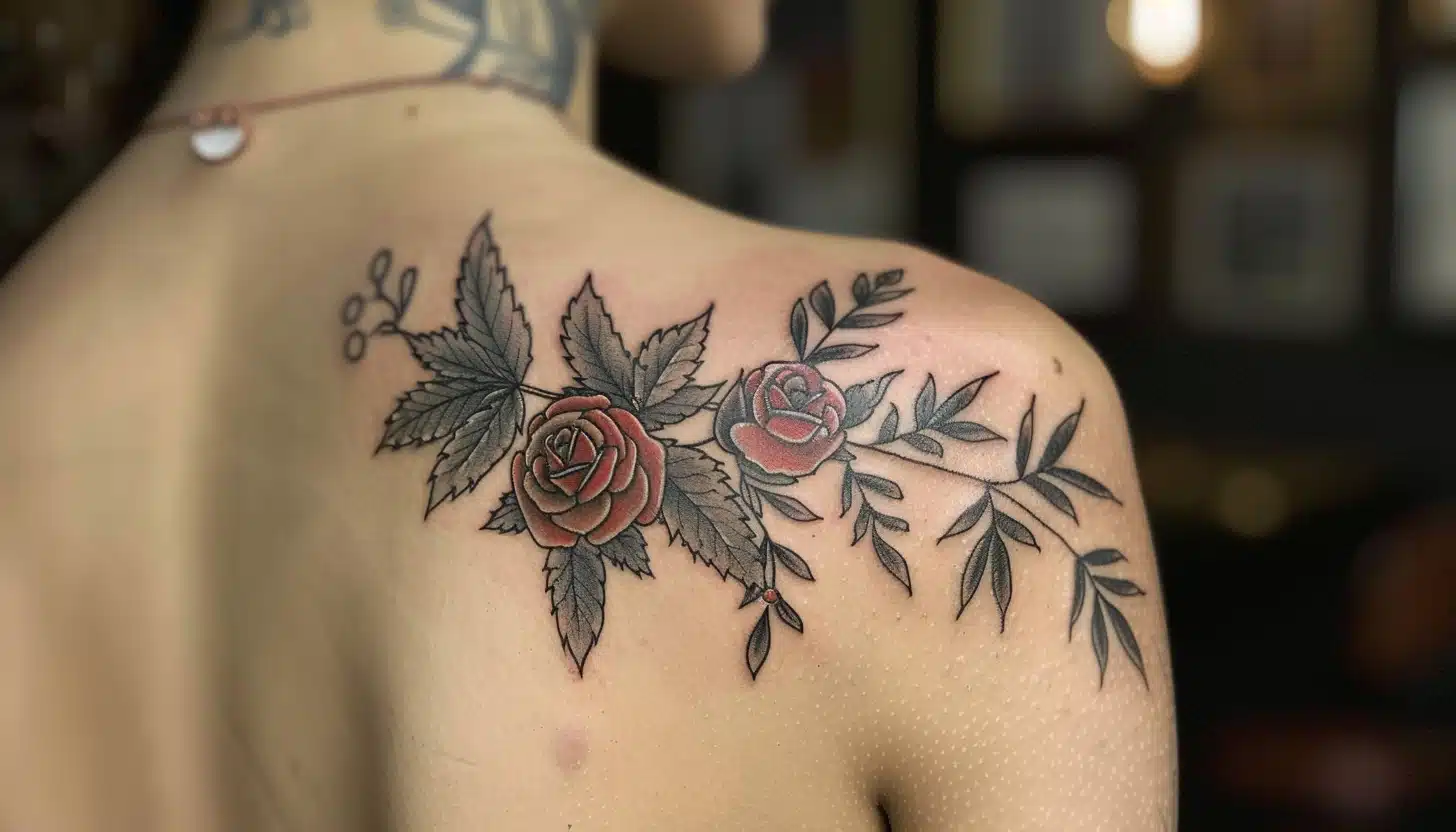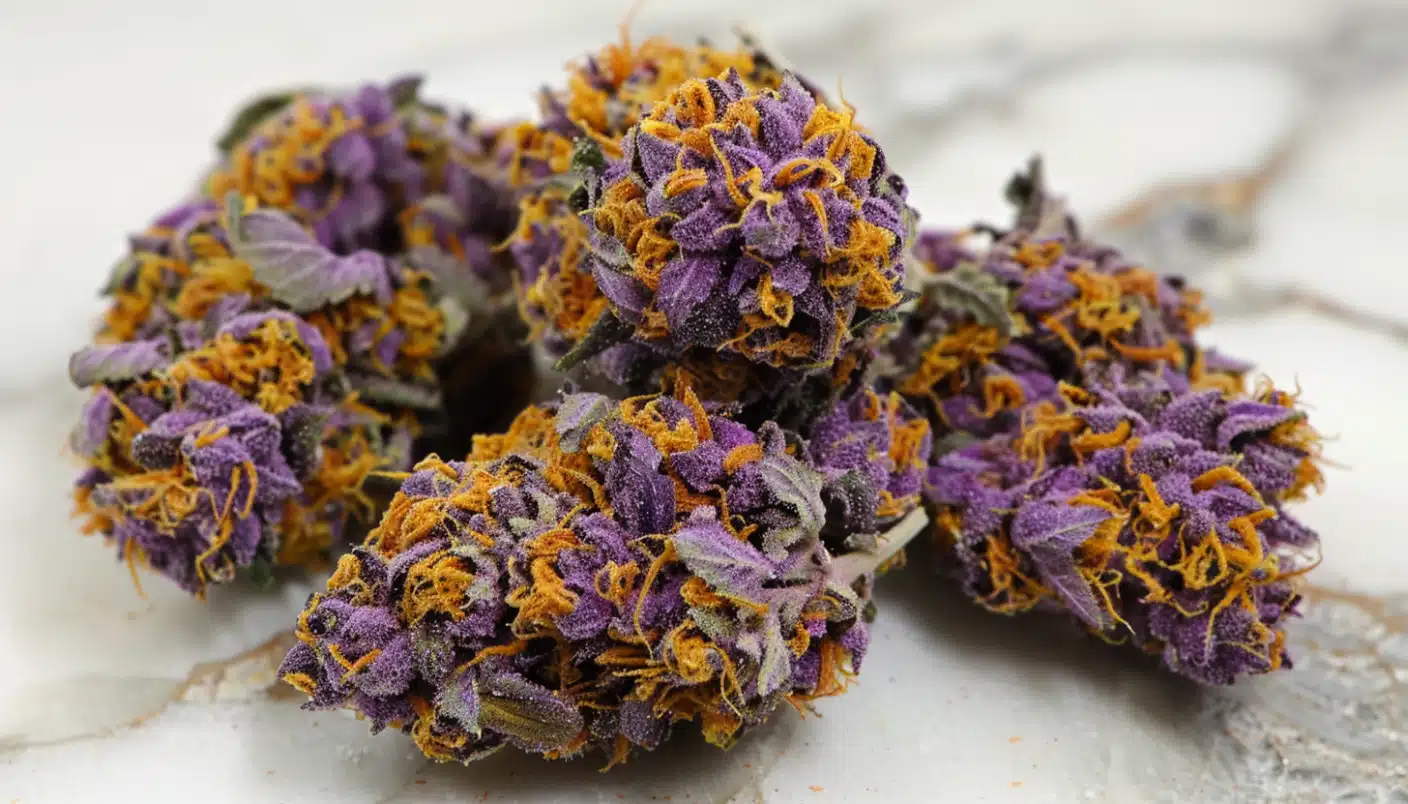If you’re wondering how long cannabis seeds take to germinate, the answer can vary, typically it can range from 24 hours to 7 days. This timeframe hinges on several factors such as seed quality, environmental conditions, and the chosen germination method. In this article, we’ll take a look at these nuances, offering you a comprehensive understanding of what to expect and how to potentially accelerate your seeds’ awakening.
Key Takeaways
Cannabis seed germination can be influenced by seed quality, environmental conditions, and seed type. High-quality seeds germinate more rapidly, with ideal conditions being 70-85°F and 70-80% humidity, while regular seeds typically germinate in 3-10 days, with feminized and autoflowering seeds possibly germinating faster using certain methods.
The germination journey begins with the initial soak of the seed, followed by signs of life, such as the emergence of a white tip, indicating readiness for soil planting. The process must be carefully managed to prevent issues like rootbound plants and seedling shock.
Understanding Cannabis Seed Germination Timeframes
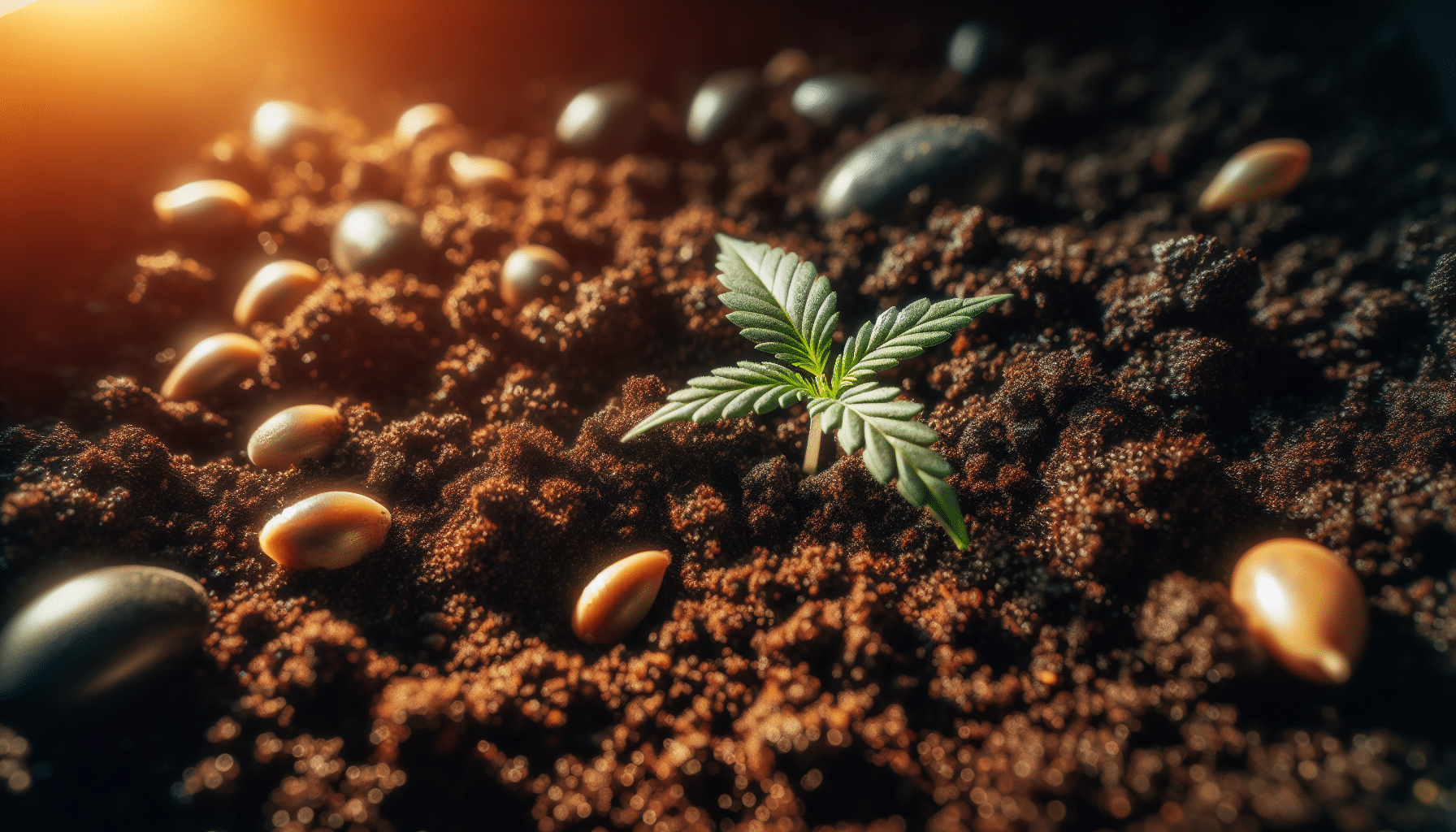
Germination marks the beginning of your cannabis cultivation journey. This is when a seed sprouts and transforms into a seedling, signifying the start of a cannabis plant’s life. However, various factors can affect the speed at which your cannabis seeds germinate. For instance, the quality of the seed plays a vital role in the speed of germination – the higher the quality, the quicker the germination. Moreover, environmental conditions such as temperature, humidity, and light can significantly affect the speed of germination.
Even the type of seed, whether it’s a regular, feminized seeds, or autoflowering seed, can alter the germination timeline.
The Role of Seed Quality in Germination Speed
Quality matters, especially when it comes to cannabis seeds, also known as weed seeds. High-quality seeds are:
- robust
- brown
- lustrous
- free of fractures
When placed in water, they sink, indicating their superior quality. These seeds tend to germinate more quickly compared to older, less vigorous seeds. Thus, buying seeds from trustworthy seed banks with expert breeding practices is vital.
Keep in mind, employing low-quality seeds can result in reduced germination rates and negatively impact the growth and yield of the resultant plant. It’s always better to start with a few seeds of high quality to ensure better results when you germinate seeds.
Optimal Conditions for Swift Germination
Creating the perfect environment for your cannabis seeds to germinate is key to accelerating the germination process. Cannabis seeds thrive when the temperature is between 70°F to 90°F, with 70-85°F being particularly beneficial. Humidity levels should be around 70-80%, facilitating efficient water absorption by the seeds.
Interestingly, the influence of light on germination appears to be minimal, but it’s still important to prevent excessive exposure as it may affect the germination process.
Variations in Germination Times by Seed Type
The type of seed you choose to germinate also plays a role in the germination timeline. For instance, regular marijuana seeds typically take 3-10 days to germinate, while feminized and autoflowering seeds can germinate in one to two days using the stone wool block method. To successfully germinate marijuana seeds, it’s essential to follow the appropriate germination techniques for each seed type.
It’s worth noting that the germination time of autoflowering cannabis seeds can be influenced by their genetic makeup and environmental conditions, such as temperature and moisture levels.
The Germination Journey: From Seed to Sprout
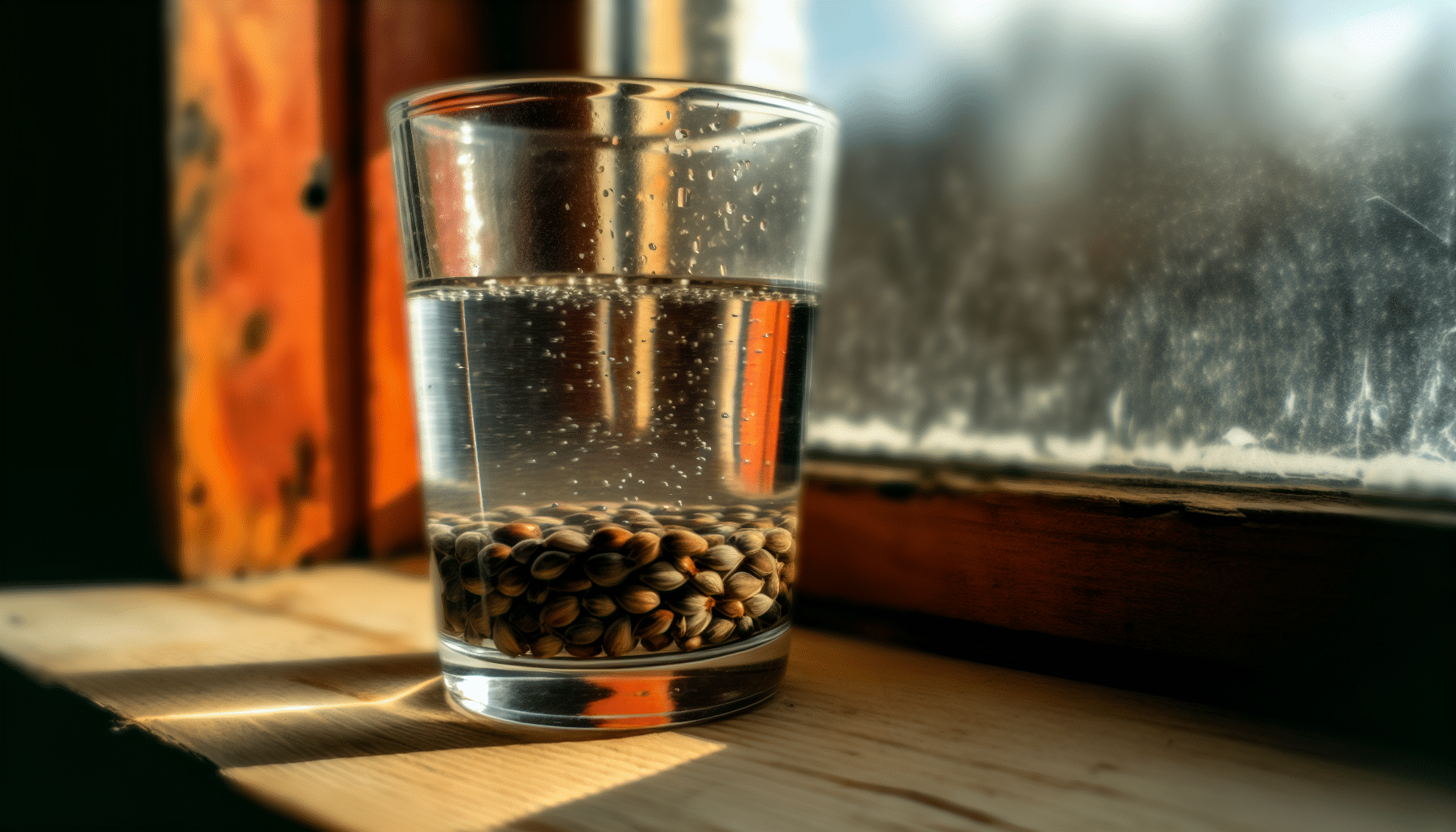
Having understood the factors that influence germination time, we can now embark on the journey of a cannabis seed transforming from a seed to a sprout. This journey begins with the initial soak, awakening the dormant seed.
Once the seed has soaked, look out for the tell-tale signs of life that signify germination. Once the tiny white tip or root emerges, the seed is ready to be planted. Let’s explore each of these stages in more detail.
The Initial Soak: Awakening the Seed
The initial soaking of the seed is a crucial step that kickstarts the germination process. By soaking your cannabis seeds in pure spring water for 12-24 hours, you soften the seed coat and enhance germination rates. This process is particularly effective in activating the dormant embryo within larger, hard seeds, leading to quicker germination, typically within 48 to 72 hours.
Signs of Life: Spotting Germination Milestones
After the initial soak, the next phase in the germination journey is spotting the signs of life. The emergence of a tiny white tip or root from the seed is a clear indication of germination. This usually happens 4-10 days post-soaking, indicating that the seed is primed for the sprouting phase.
Transitioning to Soil: When to Plant Your Sprouted Seeds
Once the tiny white tip has emerged, it’s time to plant your sprouted seed in soil, or other medium of choice. But when exactly is the right time? Root growth and the emergence of a young seedling indicate that the germinated seed is ready for soil transplantation. However, it’s important not to delay this process as it could lead to rootbound plants, which may need a significant amount of time to recuperate and could experience permanent stunting.
Planting sprouted seeds in soil immediately can avoid the shock of transplanting, leading to a smoother transition and potentially healthier growth.
Popular Germination Methods and Their Timelines
Now that we’ve covered the basics of the germination process, it’s time to delve into some of the most popular germination methods and their associated timelines. Each method, whether it’s the paper towel method, direct soil sowing, or water immersion technique, has its own pros and cons. Understanding these methods can help you choose the one that’s best suited to your personal cannabis cultivation needs.
The Paper Towel Method: A Favorite Among Growers
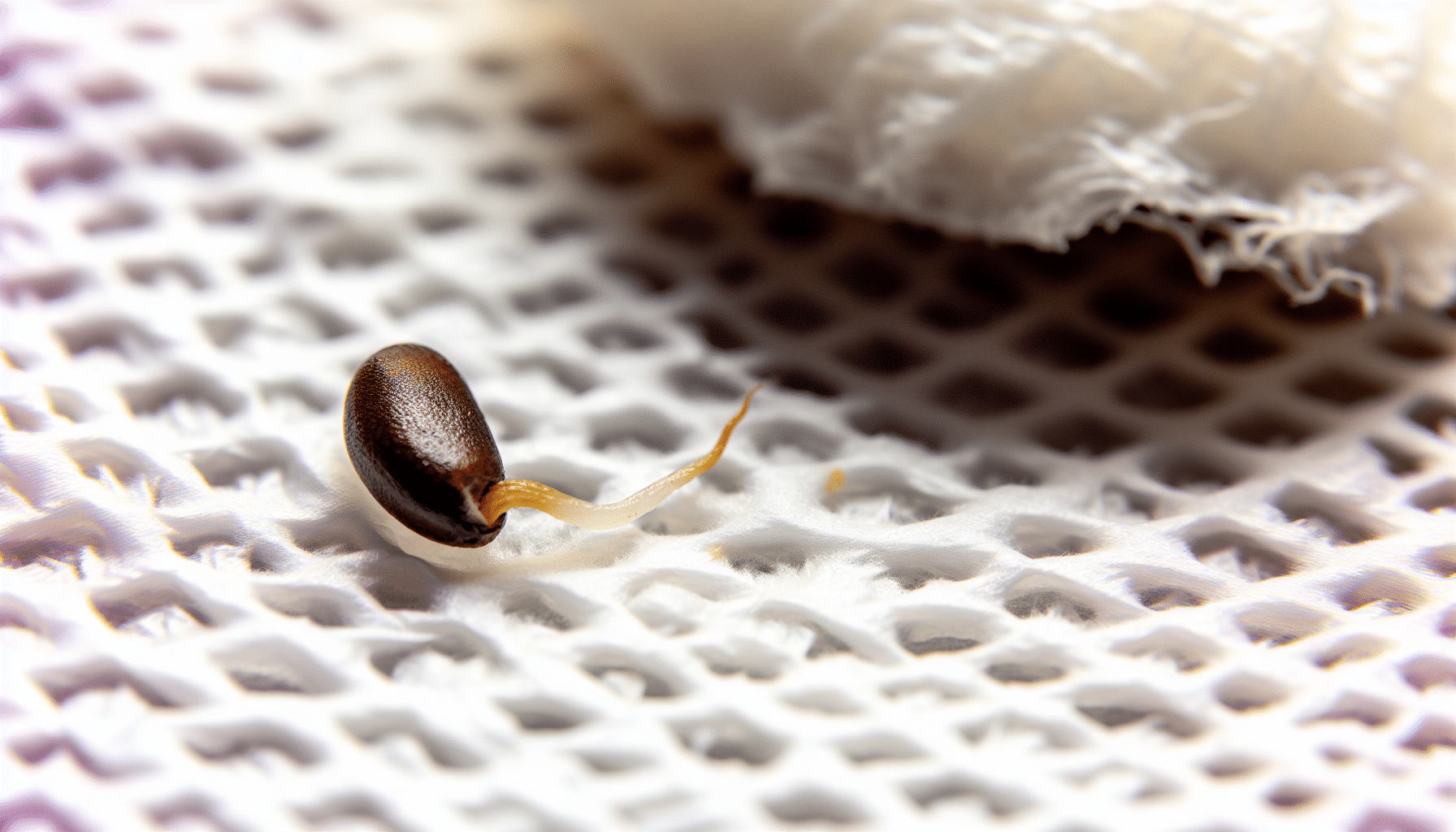
The paper towel method is a favorite among many cannabis growers due to its simplicity and high success rate. This method involves moistening a bottom layer of paper towels, placing the cannabis seeds on top, and covering them with another moist layer and placing in a ziplock bag or other sealed container. Seeds generally germinate within 1-3 days using this method.
To maintain optimal conditions for germination, it’s important to ensure that the paper towels remain consistently moist and that the seeds are kept in a warm, dark environment.
Direct Soil Sowing: Nature’s Way
Direct soil sowing is a natural and straightforward approach to germination. It involves planting the seeds directly into moistened soil or another suitable medium, simplifying the germination process by emulating a more natural approach. When done correctly, sprouts usually emerge within a week. However, to achieve the best outcomes, it’s recommended to maintain the soil within a temperature range of 78 – 80° F (25 – 27° C).
Water Immersion Technique: Pros and Cons
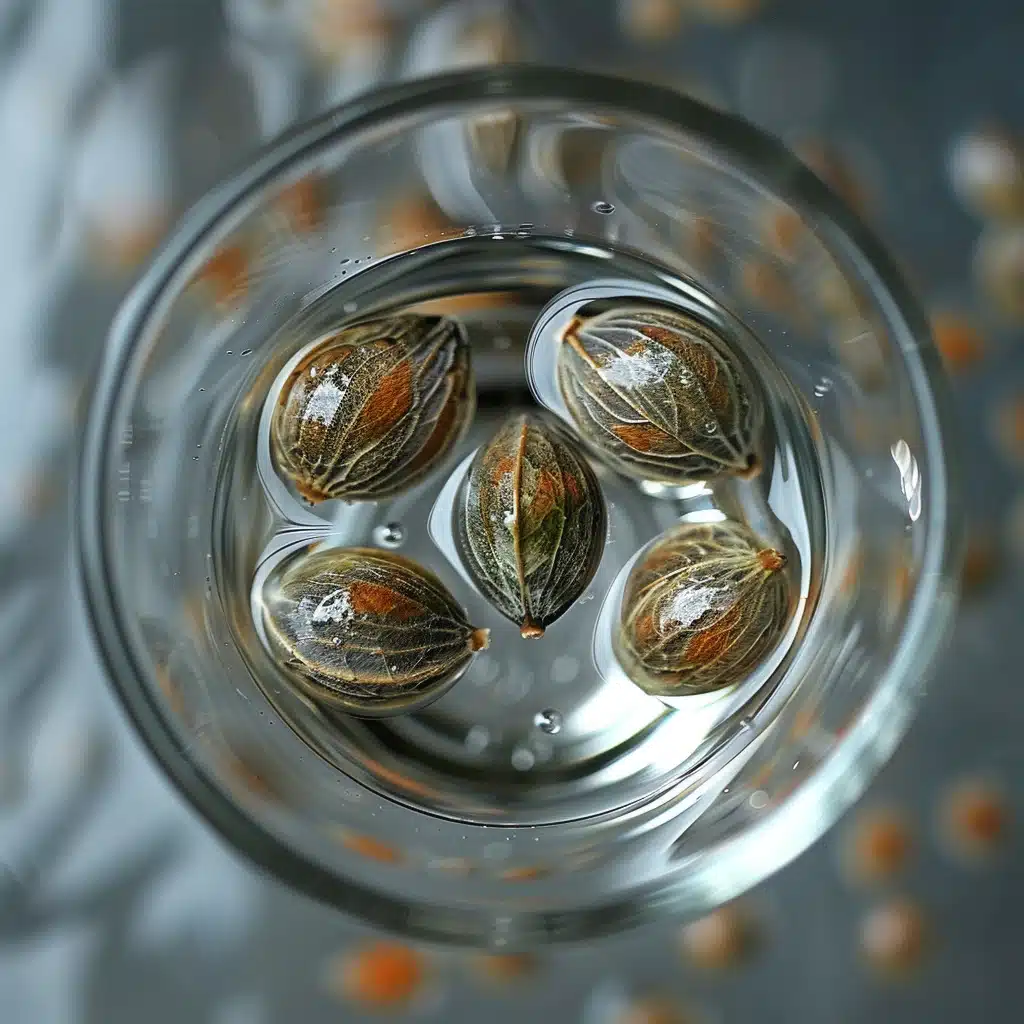
The water immersion technique is another popular method to germinate cannabis seeds. It involves placing the seeds in a glass of water, typically a shot glass, or party cup, where they hydrate and eventually sink, usually within 24 hours. This technique can expedite germination, but it’s important to be aware of the potential drawbacks.
For instance, using chlorinated or fluoridated tap water could have adverse effects on seed health and growth, and a water temperature in the range of 78 – 80° F (25 – 27° C).
After Germination: Caring for Young Cannabis Seedlings
Upon successful germination of your cannabis seeds, the next step is to nurture the fledgling seedlings. This stage is crucial, as proper care during the first few weeks can significantly impact the overall health and productivity of the plant. It’s important to consider the following factors:
- Temperature
- Humidity
- Light exposure
- Soil pH
- Watering frequency
Let’s examine these factors more thoroughly.
The First Few Weeks: Creating an Ideal Environment
In the initial weeks of growth, it is critical to sustain the appropriate conditions for the development of your cannabis seedlings. Here are some key factors to consider:
Temperature: Seedlings thrive when temperatures range between 68-77 F° with lights on.
Humidity: Keep humidity levels around 65-70%.
Light: Provide seedlings with 18 hours of light per day to promote vigorous growth.
For soil, a 50% peat mix with perlite offering excellent drainage is recommended, with a pH level ranging from 6.0 to 7.0.
Nutrients and Watering: Establishing a Routine
Apart from light, temperature, and humidity, nutrients and water play a crucial role in the growth of young cannabis seedlings. Nitrogen, phosphorus, and potassium (NPK for short) are the essential nutrients required by the seedlings.
As for watering, it’s advisable to water the seedlings every 2-3 days, but always assess the soil moisture before watering to avoid over or under-watering.
Light and Space: Encouraging Strong Growth
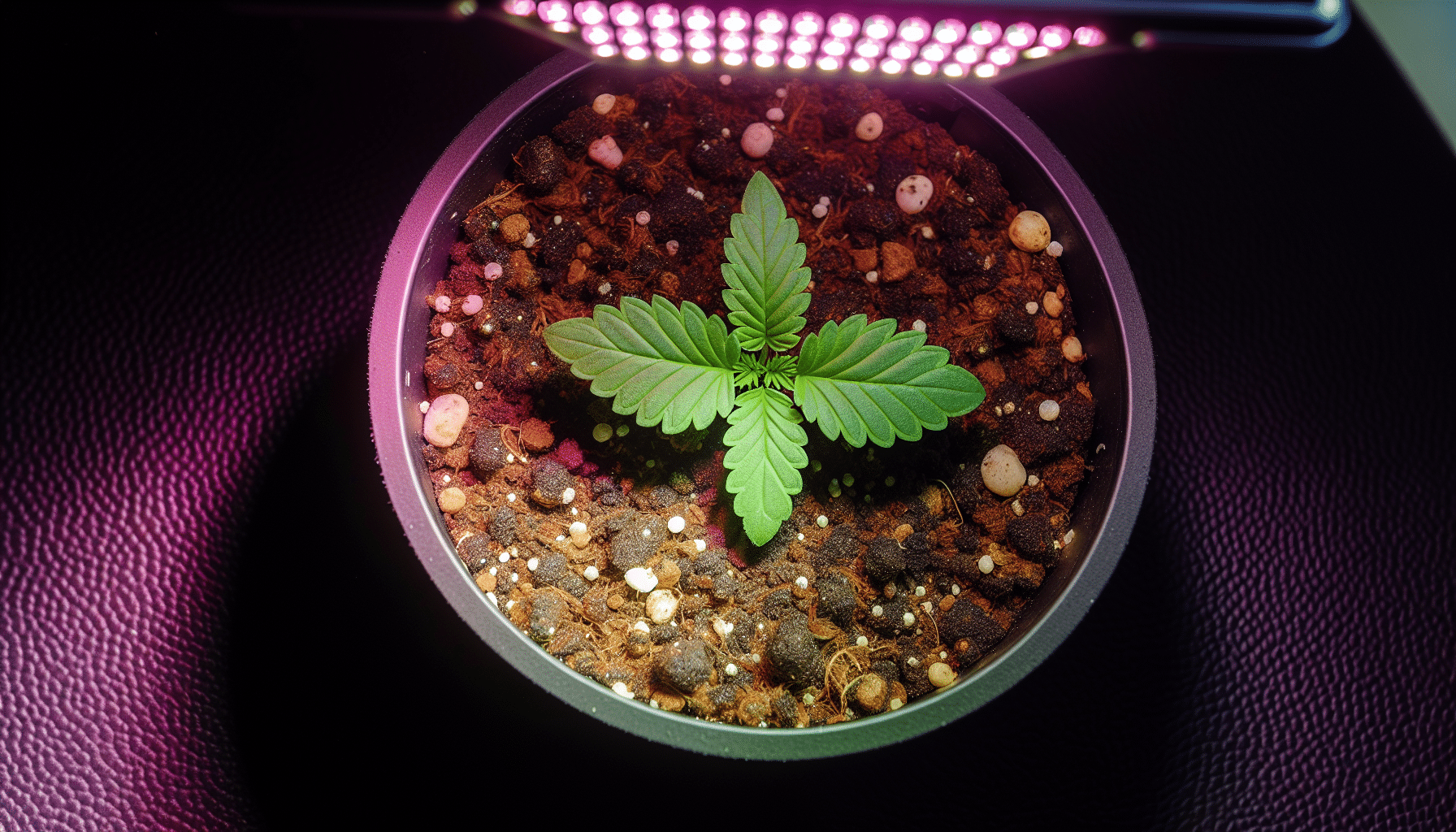
Adequate light and space are two crucial elements that encourage strong, robust growth in cannabis seedlings. During the seedling stage, the use of an LED light or similar that has more prominence in the blue, white light spectrum (4000K) is recommended. A distance of 24”-36” should be maintained between the lights and seedlings. If you are starting out on a budget then there are plenty or blurple LEDs available.
Moreover, each plant, including flowing female plants, requires a few square feet to ensure they have sufficient space for robust growth.
Troubleshooting Slow or Stalled Germination
Even with diligent efforts, there may be occasions where your cannabis seeds fail to germinate as anticipated. Slow or stalled germination can be attributed to various factors, including:
- Excessively high germination environment temperatures
- Low-quality seeds
- Poor soil
Improper watering or hydration practices
But do not worry! There are solutions to these problems that can help get your seeds germination-ready again. Let’s delve into these issues and their solutions.
Dealing with Dormant Seeds
Cannabis seeds can enter a state of dormancy when faced with extreme temperatures, either too cold in the winter or too hot in the summer. It’s important to recognize that certain cannabis strains, particularly specific hemp strains like Merlot and Berry Blossom, tend to produce a greater number of mature and dormant seeds. Nonetheless, these seeds, feminized ones included, can remain viable for an extended period, often several years, and can still sprout effectively once they are exposed to favorable conditions.
Overcoming Environmental Challenges
Environmental obstacles like soil water potential, light exposure, fluctuating temperatures, drought, and salinity can hinder cannabis seed germination. However, they can be overcome by establishing favorable conditions, such as maintaining a temperature of 22–25°C (71–77°F) and a relative humidity of 70-80%.
These conditions are optimal for germination.
When to Seek Fresh Seeds
If your seeds are not germinating despite your best efforts, it might be time to consider replacing them. Low-quality seeds, aged seeds, or seeds found in buds acquired from a local dealer can have low germination rates. Always opt to purchase fresh, high-quality seeds from reputable seed banks to ensure a higher chance of successful germination.
Keep in mind that cannabis seeds can preserve their viability for months, and under optimal storage conditions, they can remain viable for years.
Nurturing Your Cannabis Plants Beyond Germination
The process doesn’t conclude with germination. Post-germination, your own cannabis plants require extensive nurturing and care. From transplanting seedlings to larger pots, maximizing vegetative growth, and preparing your plants for the flowering stage, each step is crucial in ensuring a successful harvest.
Let’s explore these stages in more detail.
Transplanting to Larger Pots: Timing and Techniques
Moving your cannabis seedlings to larger pots is an important step that usually takes place sometime in early veg – if for example you are using solo party cups, which is a favorite of mine. This is necessary to accommodate the root growth and overall development of the plant. When transplanting, be sure to handle the plant delicately and water generously.
Keep in mind, it is usually recommended to transplant at night to reduce the light exposure to the roots.
Vegetative Growth: Maximizing Your Plant’s Potential
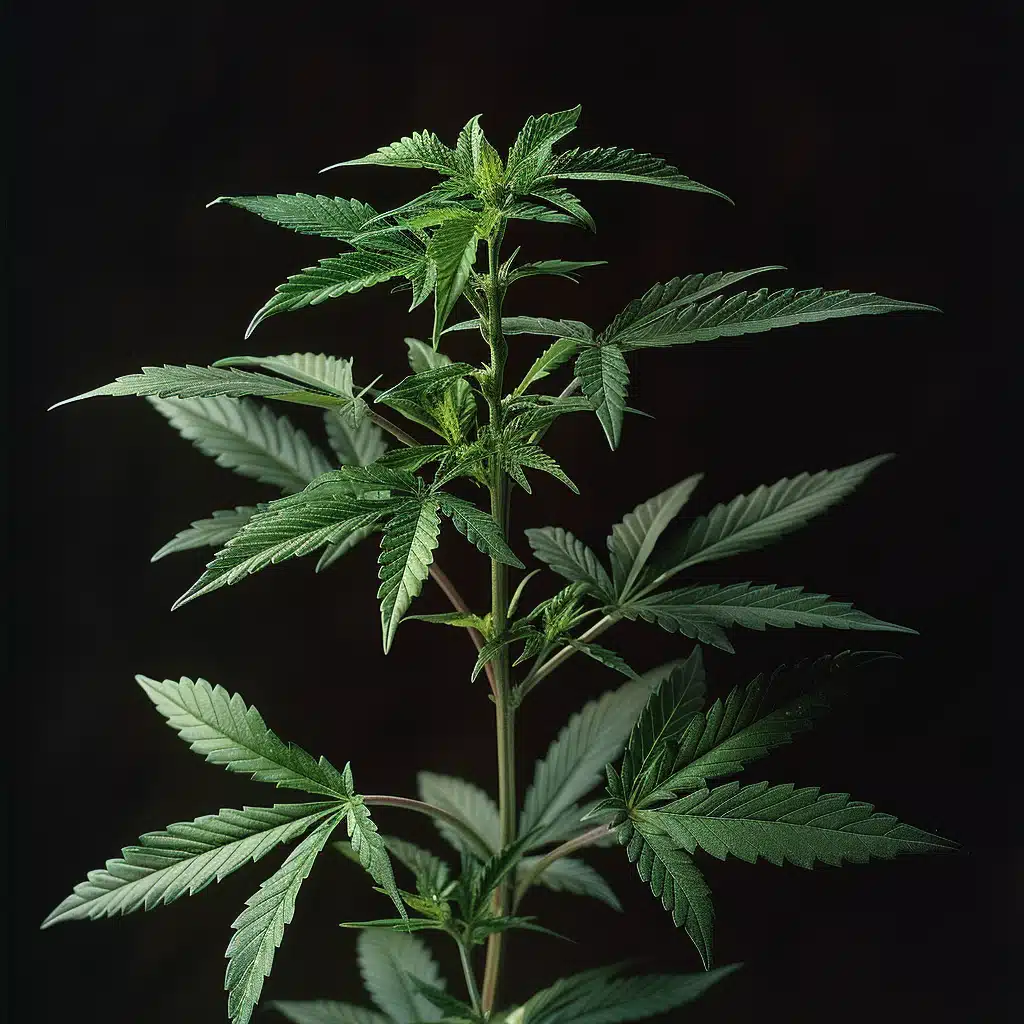
The vegetative stage holds critical importance in the lifecycle of your cannabis plant, also known as the marijuana plant. This is the stage that sets the groundwork for a successful flowering stage. During this stage, which usually lasts for 3 to 16 weeks, your plant develops a robust root system, leaf, and branch growth.
To optimize this growth, growers commonly utilize an 18/6 light cycle. The recommended temperature range during this stage is 18-24°C (64-75°F), with humidity levels ideally between 50-70%.
Preparing for Flowering: Setting the Stage for Buds
The flowering stage is the highlight of the cannabis cultivation process, where you finally see the fruits of your labor in the form of buds. During this stage, it’s best to use a warm light with a reddish tone, approximately 2,800K.
Moreover, methods such as ScrOG (Screen of Green) trellising, tomato cages, and using bamboo stakes can be utilized to enhance bud development.
Summary and My Prefered Method
We’ve covered a lot about getting cannabis seeds to sprout, from understanding what speeds up germination to troubleshooting issues along the way. Growing cannabis takes patience and care, as well as knowing what your seeds need to thrive. You’re now ready to take these steps yourself.
Personally, I find the wet paper towel method effective, but I prefer tweaking it a bit. I use cotton pads soaked in warm distilled water at about 75 degrees Fahrenheit instead of paper towels. Then, I seal them in a ziplock bag. This small change really helps with consistent moisture and temperature, crucial for successful germination. Why not give it a try on your grow journey?

